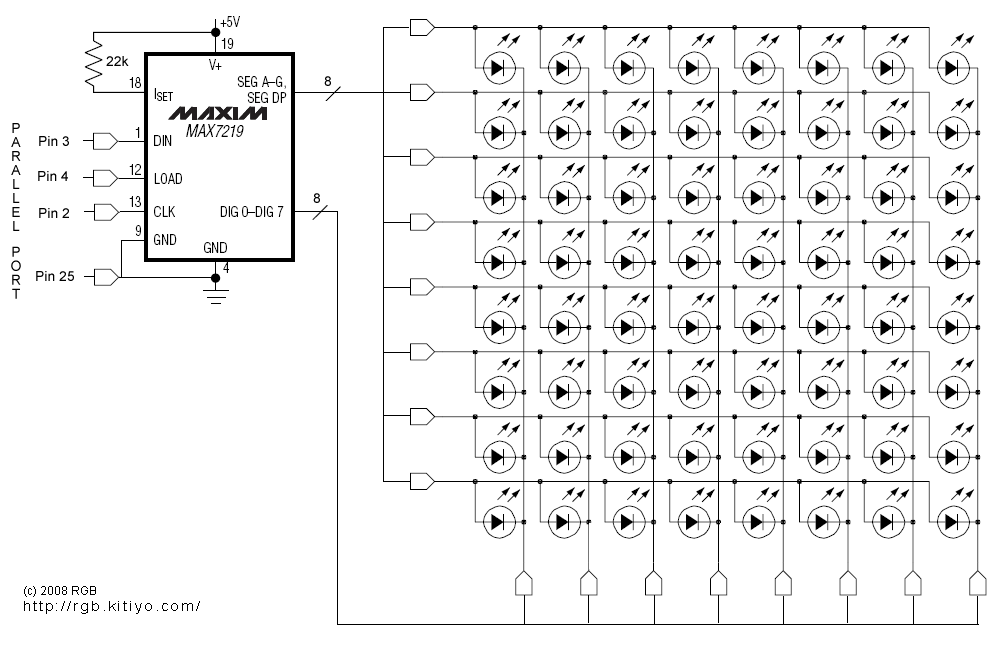russellito
Newbie level 5
I want to make a circuit that controls about 60 Leds. The number is flexible, but my target is 60. I only need one on at a time, because the "On" Led will move from left to right, then back. I know I can use 555+4017s to count up, and I've designed this schematicView attachment Eye4017.pdf based on cascading 4017s. This schematic doesn't go up to 60 outputs, but adding more 4017s doesn't seem that difficult. I'm going to put this on my breadboard soon to make sure it works, but are there flaws already?
Is there a better way? I mean, if I make this circuit by hand, a way with fewer ICs, solder points?
Also, I'm looking for places to buy the ICs that I will need, the 4017s and 7408 AND chips are $1 a piece at my local store. Jameco.com has SMD versions for <10 cents.
Finally, I used Eagle software to design this schematic, and I was hoping it would help the transition to a PCB by organizing automatically. Does the free version do that? is there other free software that does?
Is there a better way? I mean, if I make this circuit by hand, a way with fewer ICs, solder points?
Also, I'm looking for places to buy the ICs that I will need, the 4017s and 7408 AND chips are $1 a piece at my local store. Jameco.com has SMD versions for <10 cents.
Finally, I used Eagle software to design this schematic, and I was hoping it would help the transition to a PCB by organizing automatically. Does the free version do that? is there other free software that does?
